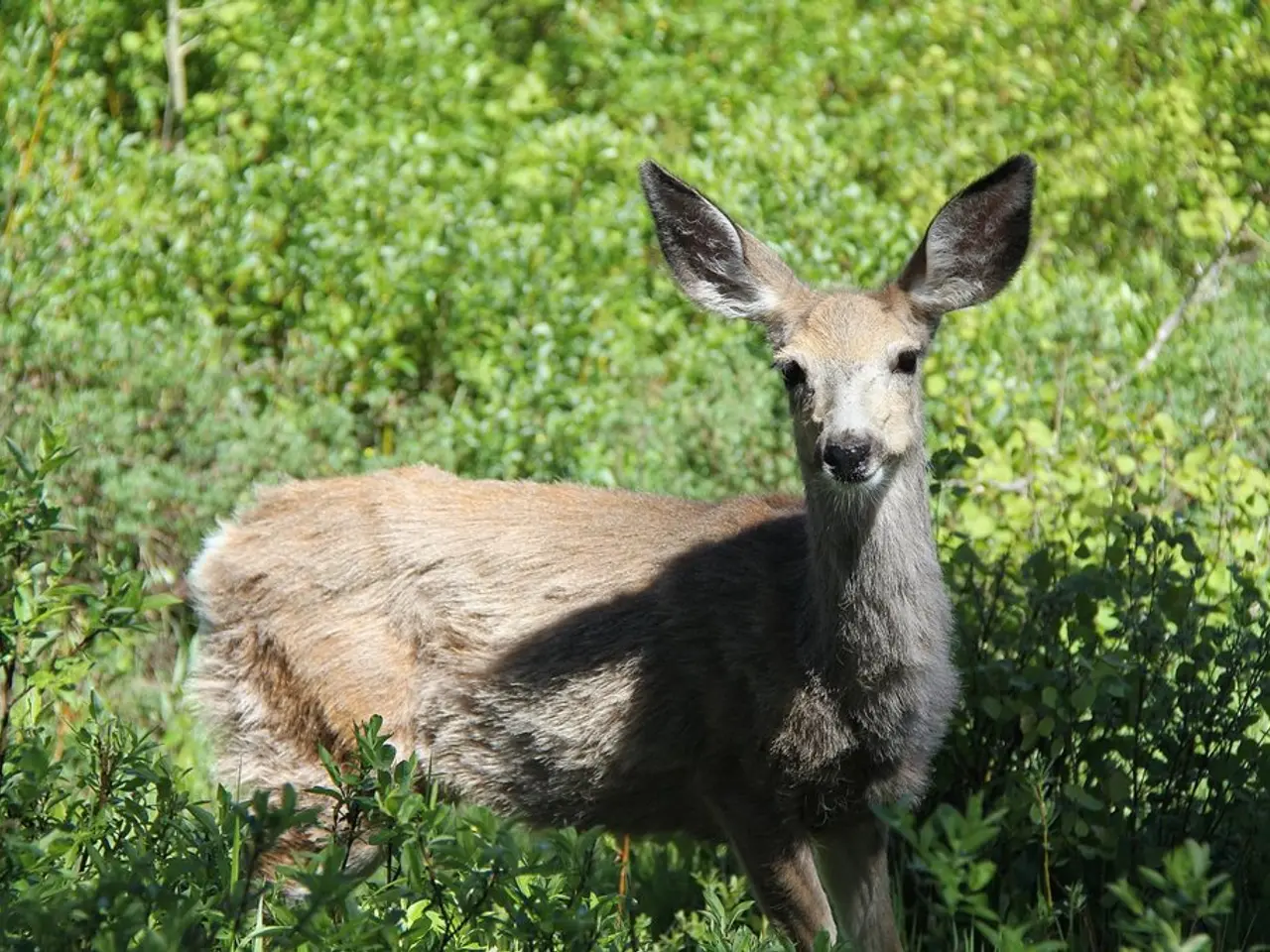Discussion on managing the spread of Chronic Wasting Disease will take place in bureau, Marshall, and Putnam Counties.
The Illinois Department of Natural Resources (IDNR) is taking action against the spread of chronic wasting disease (CWD) in white-tailed deer populations across the state. This year, CWD has been detected in Marshall and Putnam counties, joining Bureau and La Salle counties where the disease was previously documented.
To inform residents, hunters, and stakeholders about CWD impacts and management plans, the IDNR is hosting a series of public meetings across northern and west-central Illinois. The meetings will take place in Lacon, Hennepin, and Princeton respectively, starting at 6 PM on September 18, 19, and 23 respectively at the Lacon Area Community Center, Putnam County Public Library in Hennepin, and the Prouty-Zearing Community Building in Princeton.
IDNR staff will be present to discuss current management strategies for CWD, which involve a combination of public engagement, targeted sharpshooting, legislative measures, and ongoing monitoring efforts led by the IDNR.
Key management approaches include public meetings and education, sharpshooting program, legislative actions, and surveillance and monitoring. The sharpshooting program, authorized by recent legislation, allows IDNR to selectively cull deer in affected areas to limit disease spread. Two new wildlife/hunting laws were signed in 2025 aimed at controlling CWD spread in the deer population, strengthening regulatory authority and providing tools for disease mitigation.
Continuous testing and surveillance in disease-prone counties like Marshall, Putnam, Bureau, and La Salle support informed management decisions and help track the effectiveness of interventions. Public meetings serve to update on such efforts and coordinate community involvement.
While La Salle County is not explicitly listed in some meeting schedules, given its proximity and similar risk profile, it is likely included in broader regional monitoring and management plans.
CWD is a fatal neurological disease that threatens the long-term health of white-tailed deer in Illinois. First documented in Illinois in 2002, the disease has proven to be a significant challenge for wildlife management. IDNR staff will be available to answer questions about CWD in deer at the public meetings.
References: [1] Illinois Department of Natural Resources. (n.d.). Chronic Wasting Disease. Retrieved from https://www.dnr.illinois.gov/hunting/cwd [2] Illinois Department of Natural Resources. (2021). Chronic Wasting Disease Public Meetings. Retrieved from https://www.dnr.illinois.gov/news/Announcements/Pages/CWD-Public-Meetings.aspx [3] Illinois Department of Natural Resources. (2021). Chronic Wasting Disease Public Meetings. Retrieved from https://www.facebook.com/IDNRHunting/photos/a.241041330479773/328879814200782/ [4] Illinois General Assembly. (2025). HB2339 - Wildlife Code Amendments. Retrieved from https://www.ilga.gov/legislation/billstatus.asp?DocNum=2339&GAID=15&SessionID=111&GA=102 [5] Illinois General Assembly. (2025). SB824 - Wildlife/Hunting Laws. Retrieved from https://www.ilga.gov/legislation/billstatus.asp?DocNum=824&GAID=15&SessionID=111&GA=102
- The IDNR's management strategies for chronic wasting disease (CWD) in white-tailed deer populations include not only targeted sharpshooting and legislative measures, but also public meetings and education about the impacts of CWD on health-and-wellness, particularly in relation to chronic-kidney-disease and neurological-disorders.
- CBD, while not explicitly mentioned in the management approaches of CWD, might be a topic of interest for those seeking natural alternatives for managing medical-conditions, as chronic diseases such as chronic-kidney-disease and neurological-disorders have been linked to potential benefits from CBD use.
- Beyond CWD, the IDNR's efforts in health-and-wellness for wildlife extend to other factors like public education on the proper handling and disposal of deer carcasses to help reduce the spread of infectious diseases.




